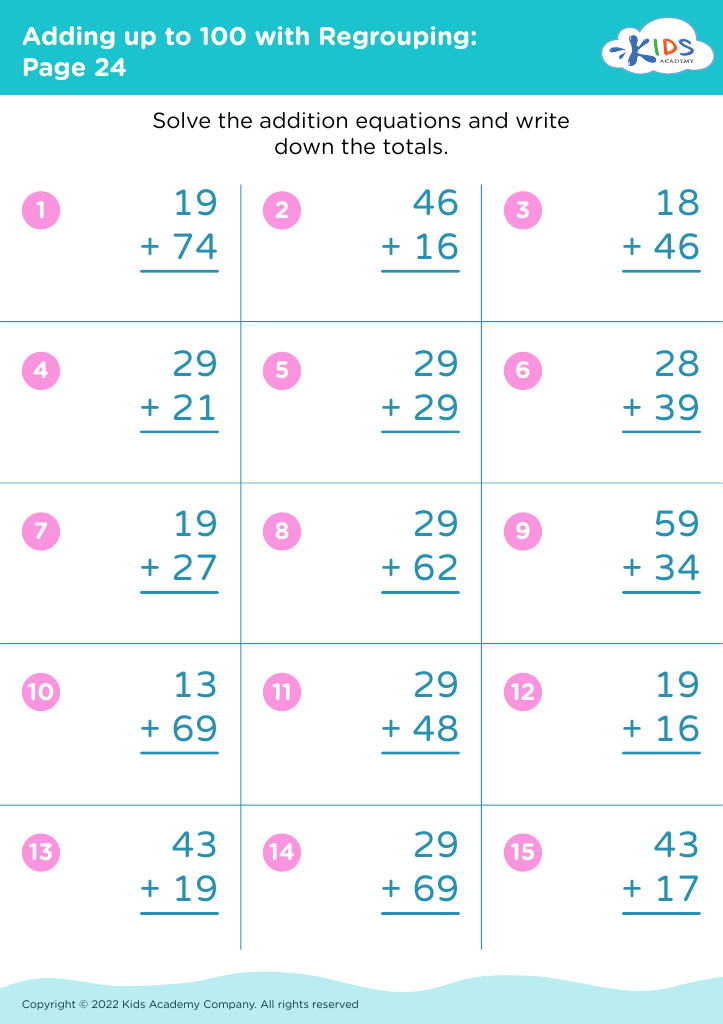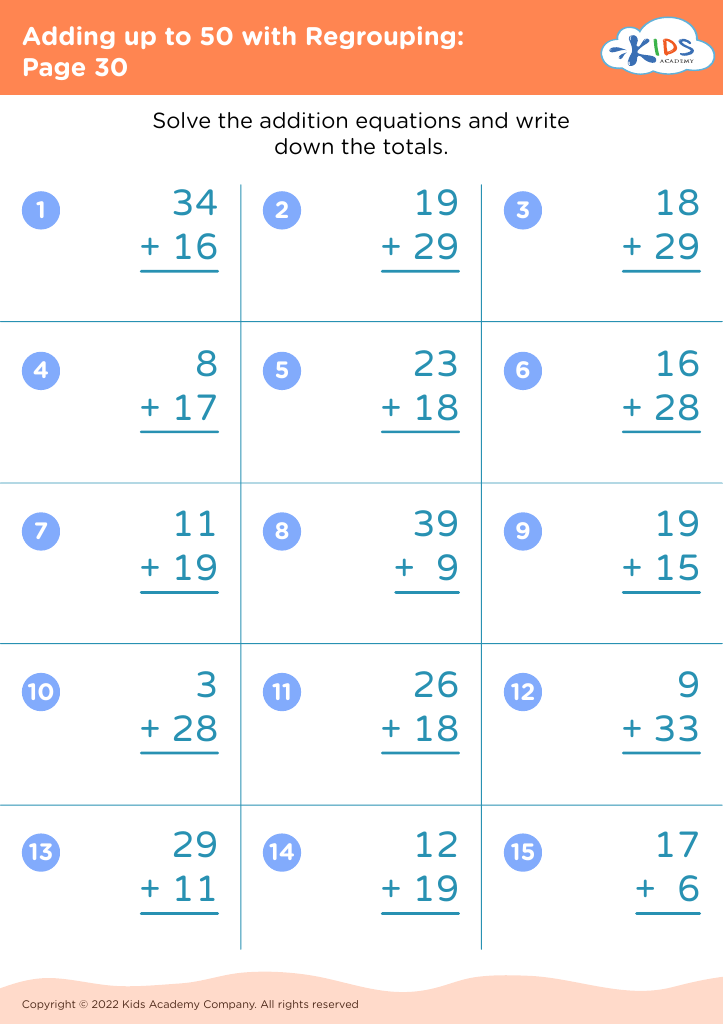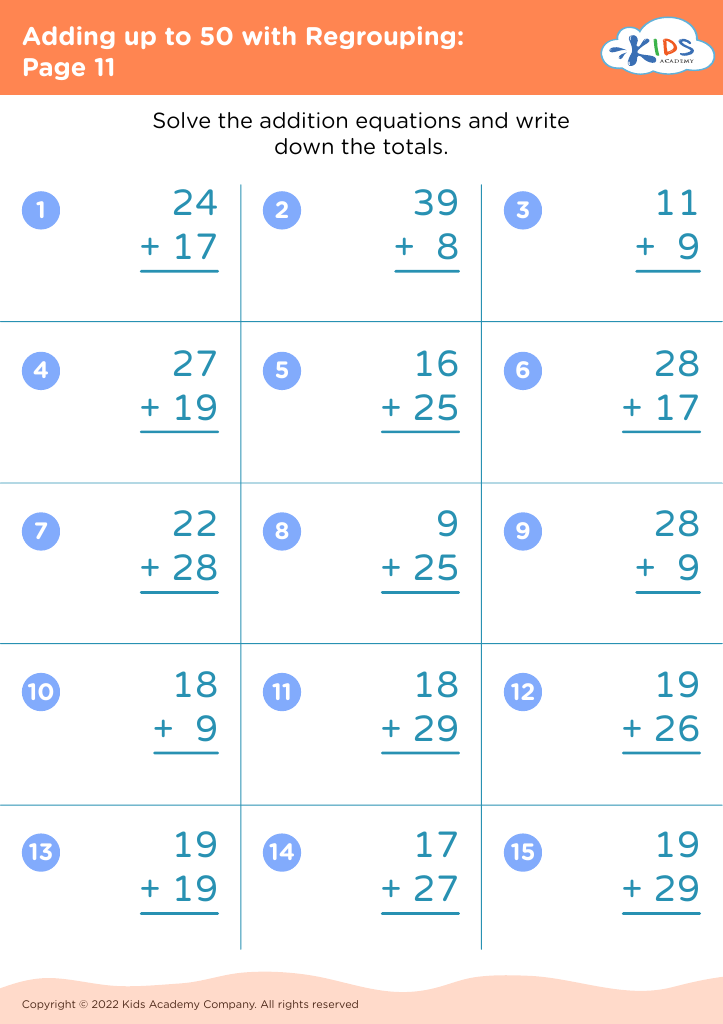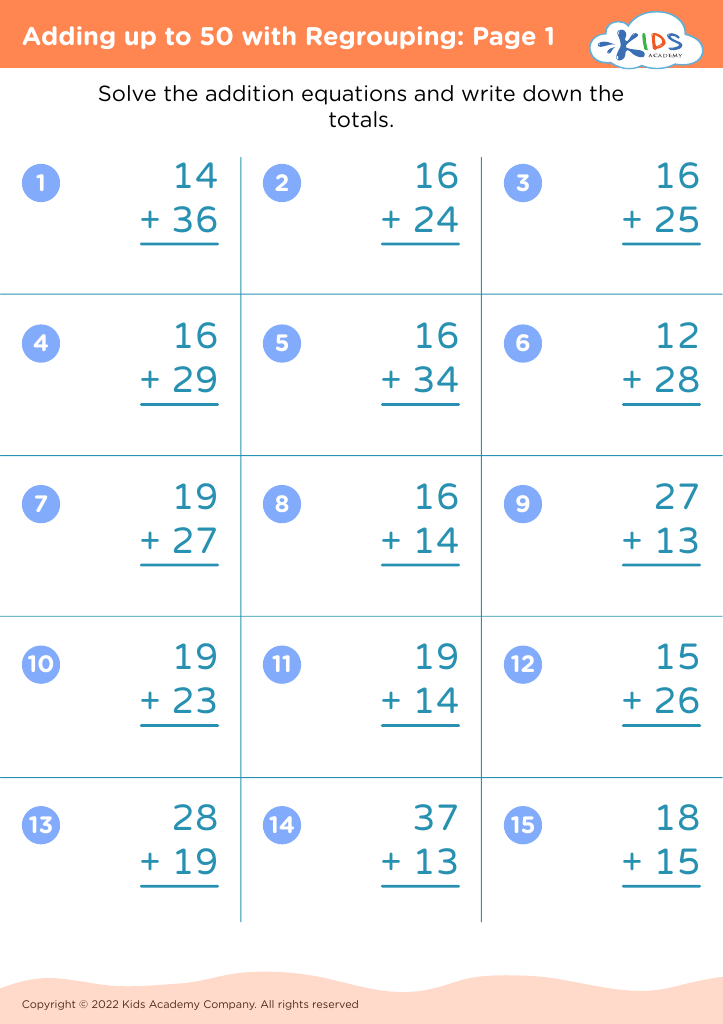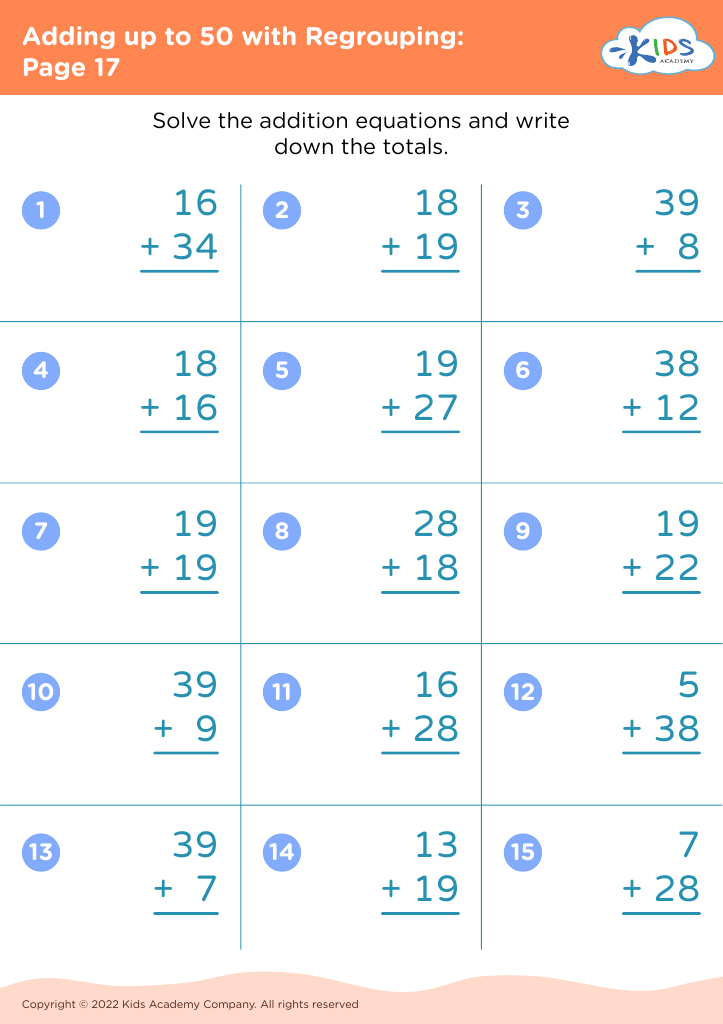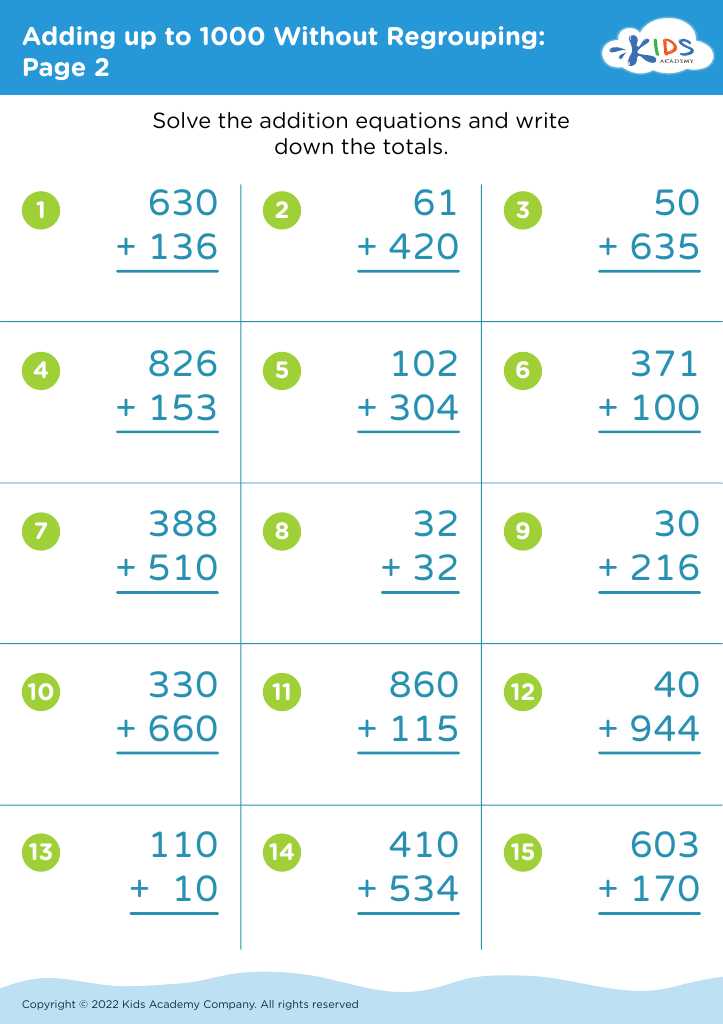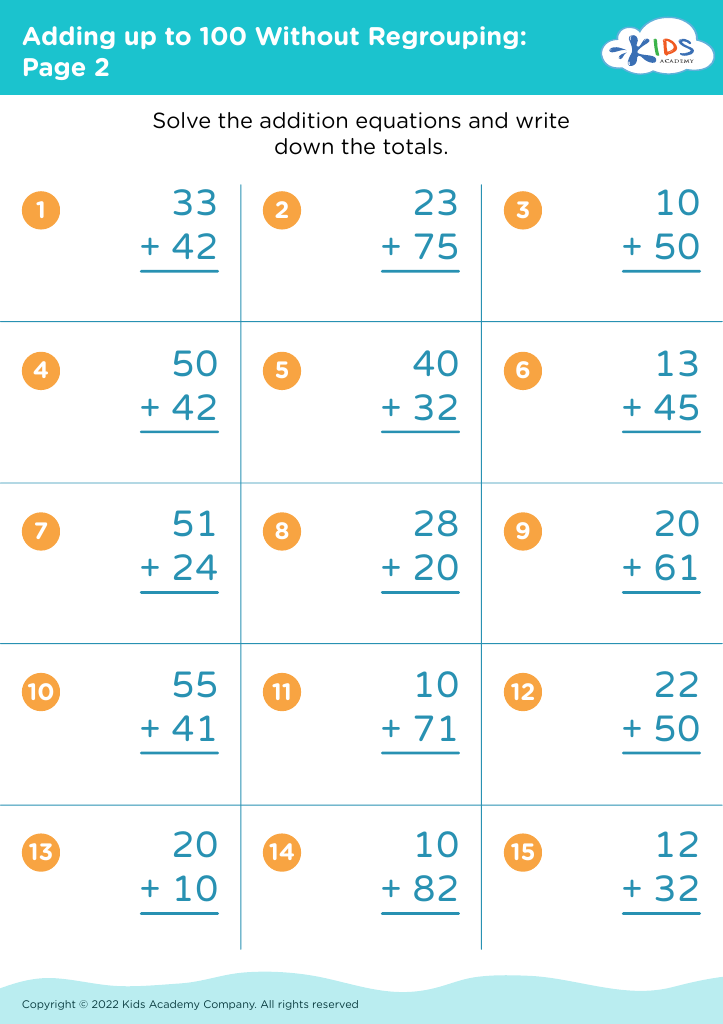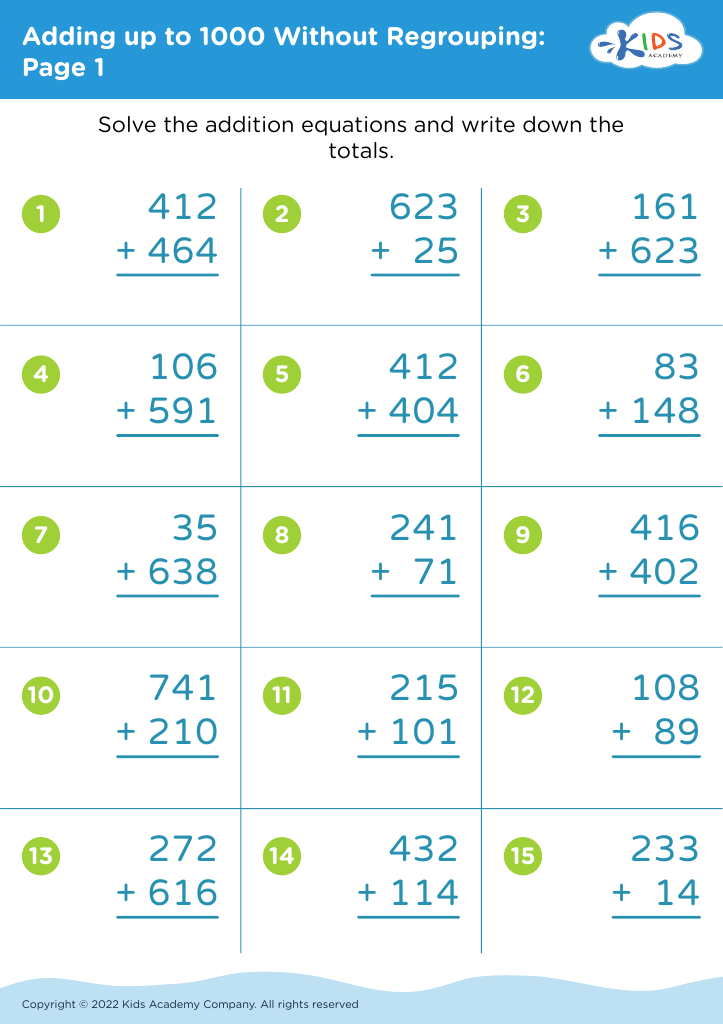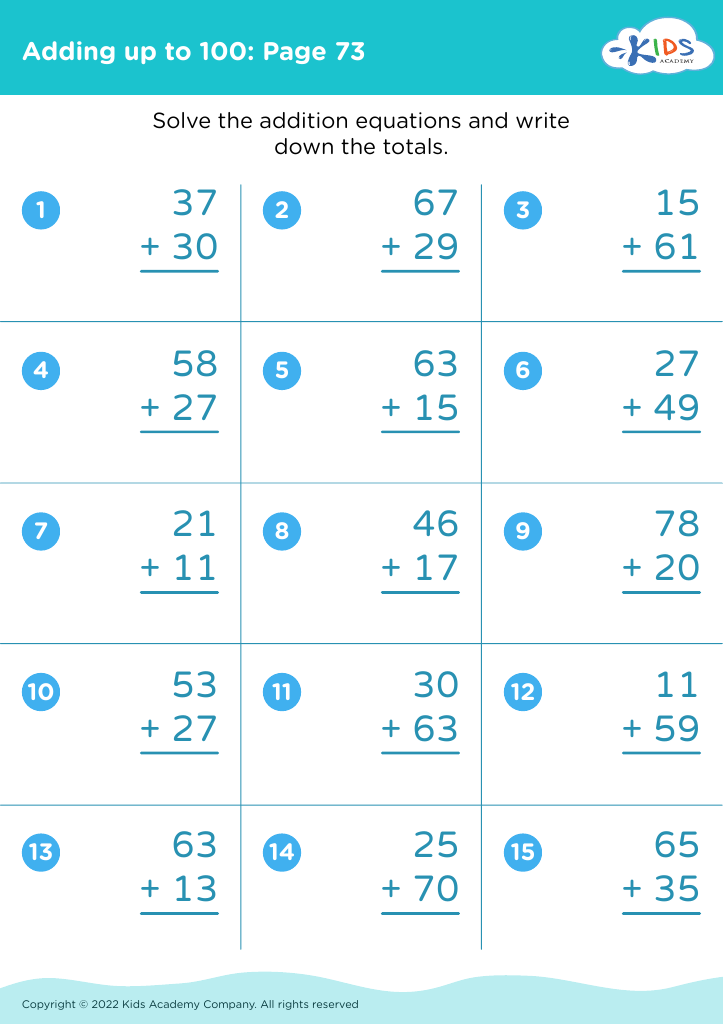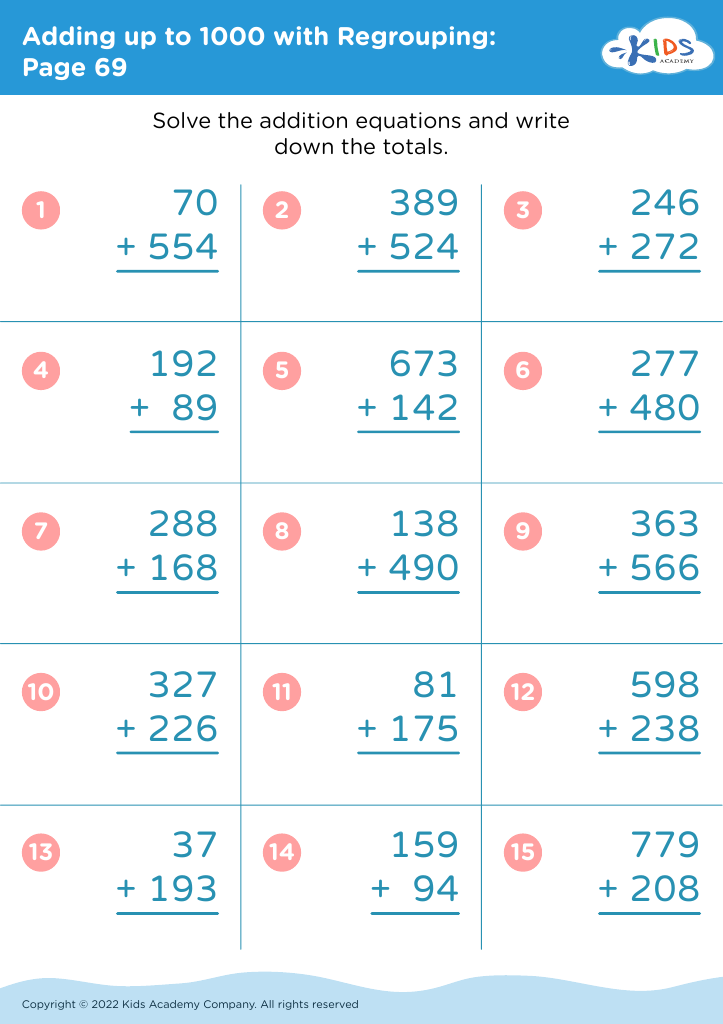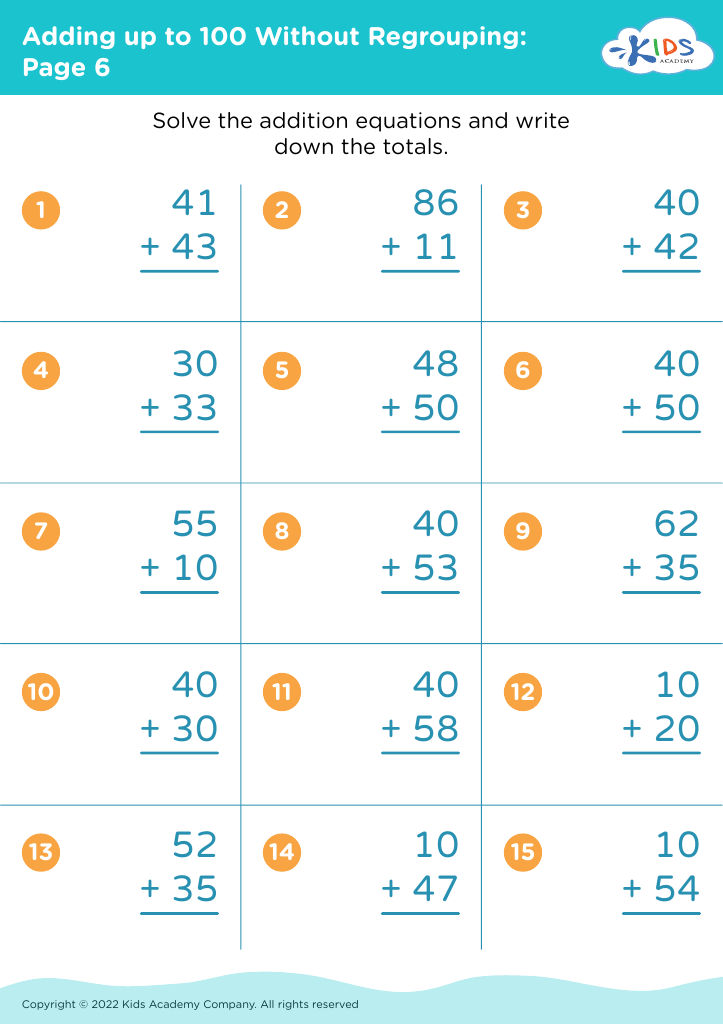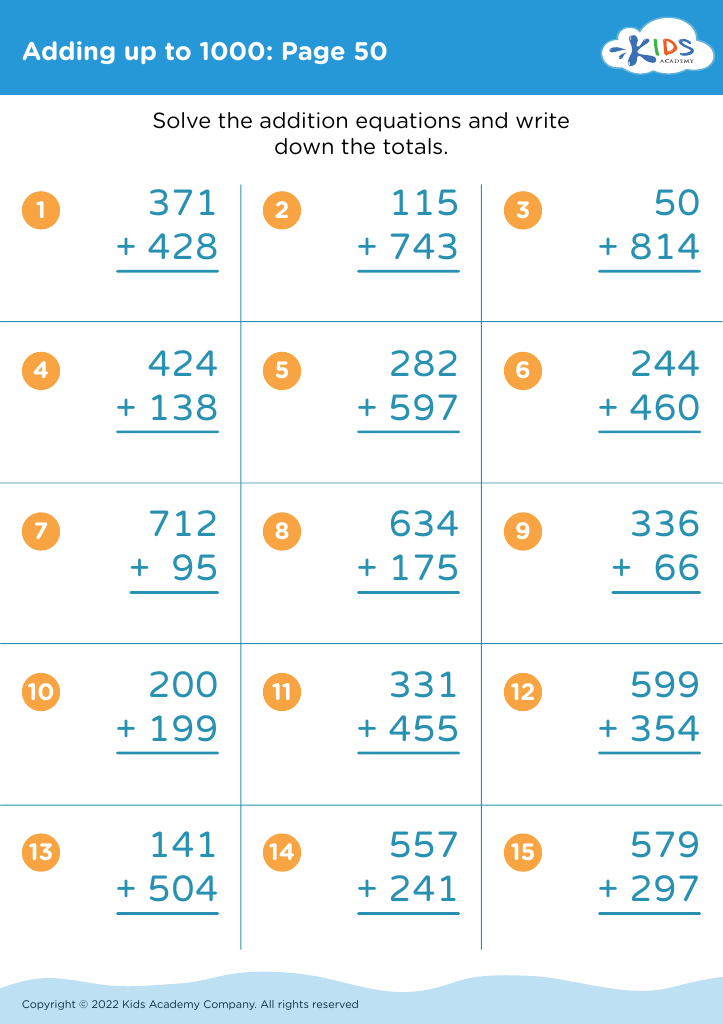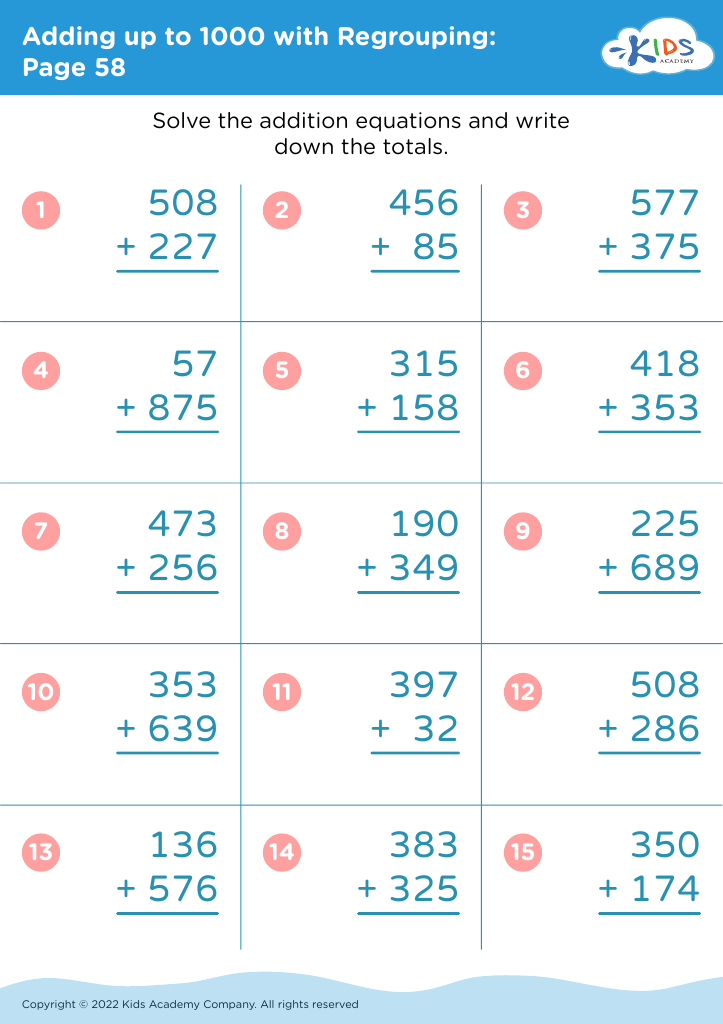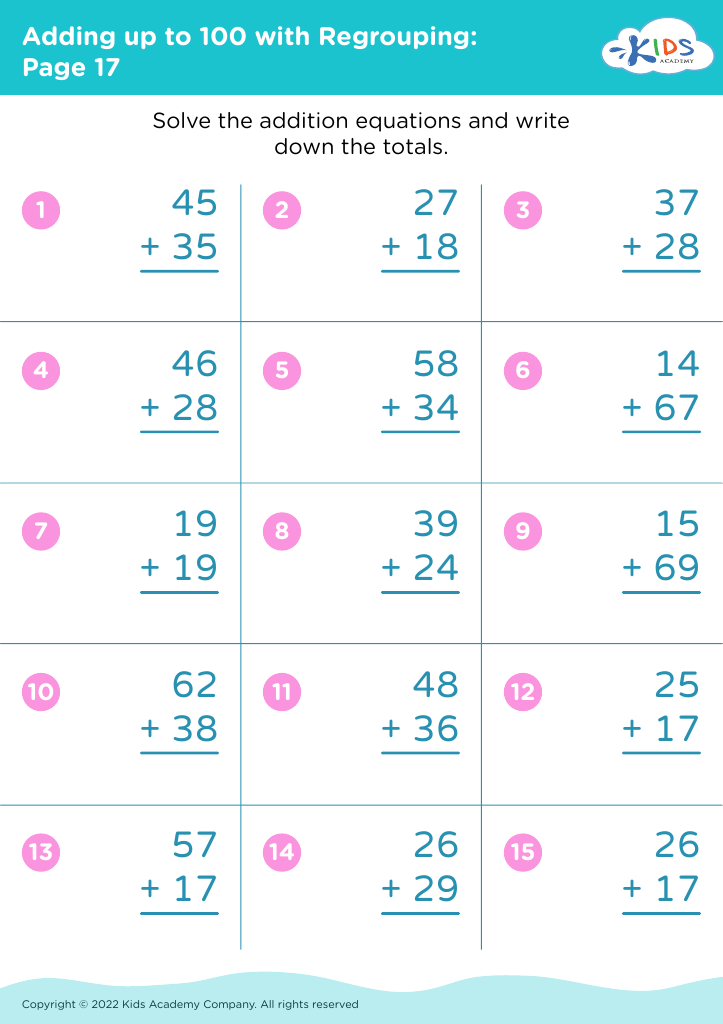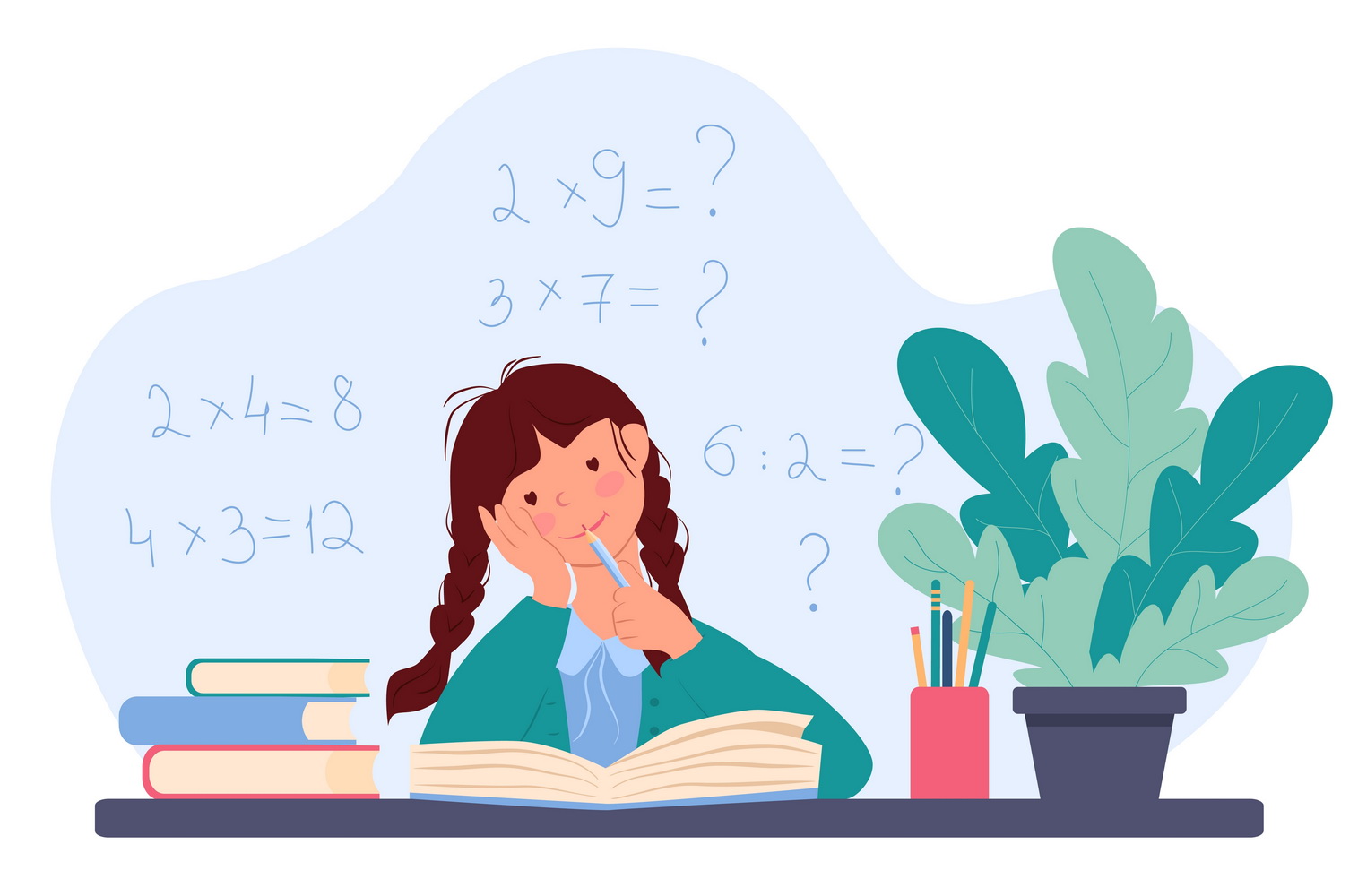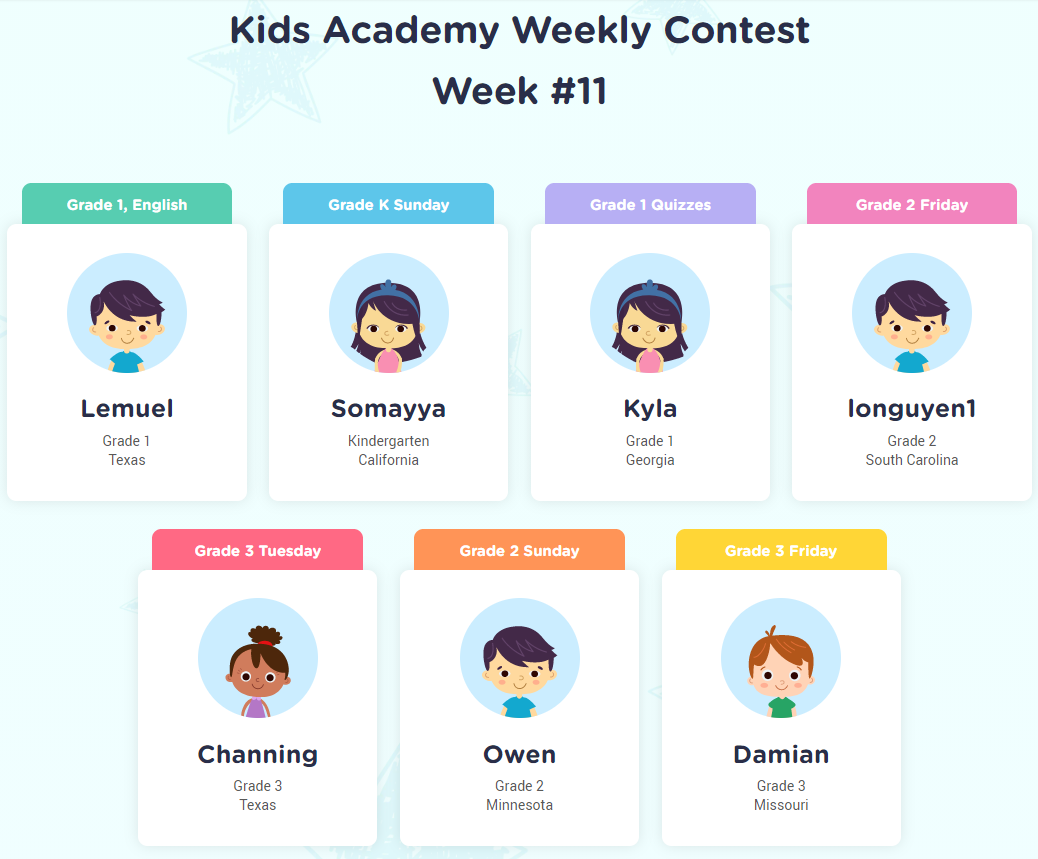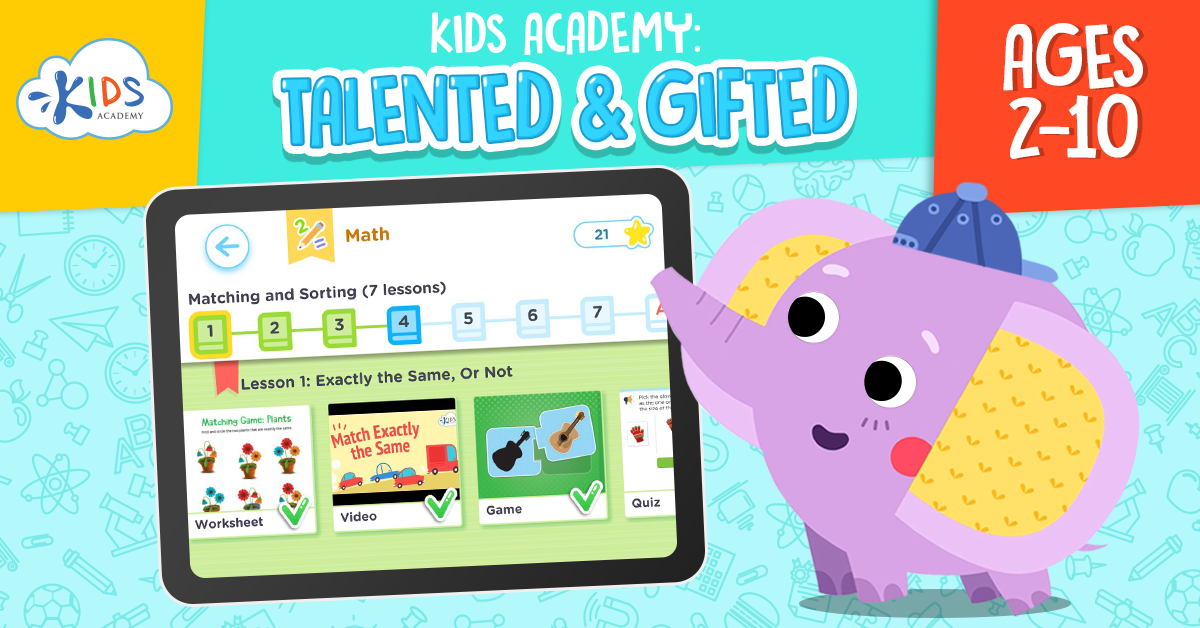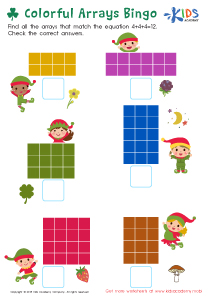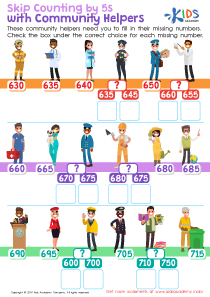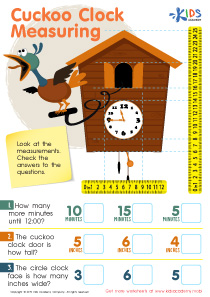Shape Recognition Grade 2 Math Worksheets
45 filtered results
-
From - To
Enhance your second graders' math skills with our Shape Recognition Grade 2 Math Worksheets! These engaging, printable resources are designed to help young learners identify and understand various shapes, including circles, squares, triangles, and more. Each worksheet features fun activities that promote critical thinking and foster creativity while building a strong foundation in geometry. Perfect for classroom use or at-home learning, these worksheets cater to diverse learning styles and can be easily integrated into lesson plans. Support your child's mathematical journey with interactive exercises that make learning about shapes enjoyable and effective! Explore the collection and watch their confidence grow!


Let's Count Faces! Worksheet
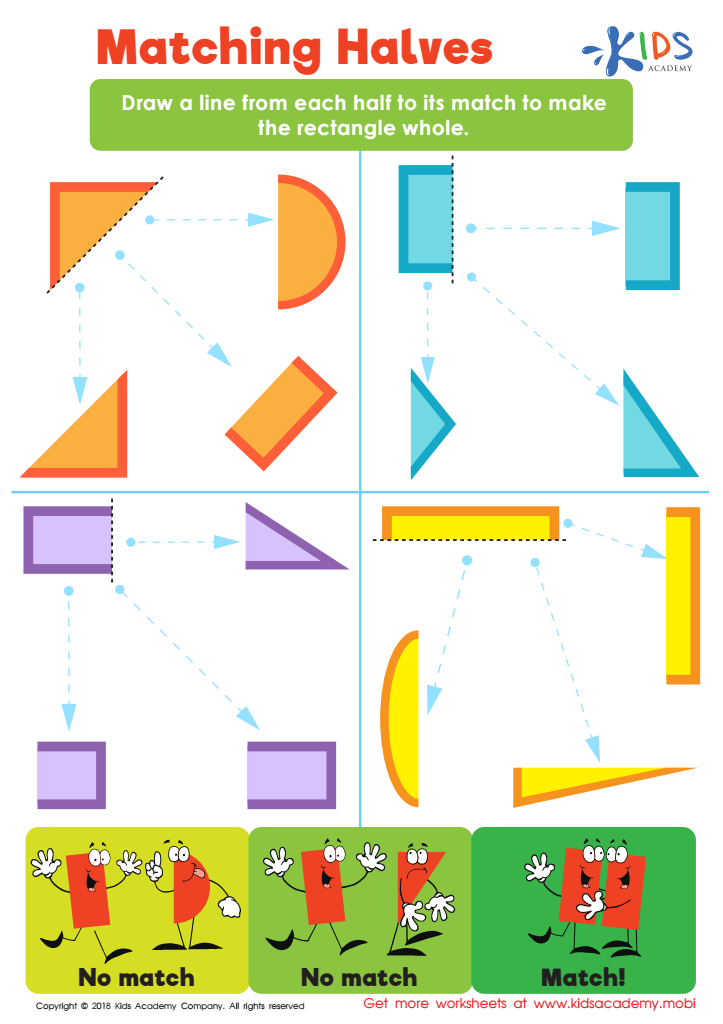

Matching Halves Worksheet
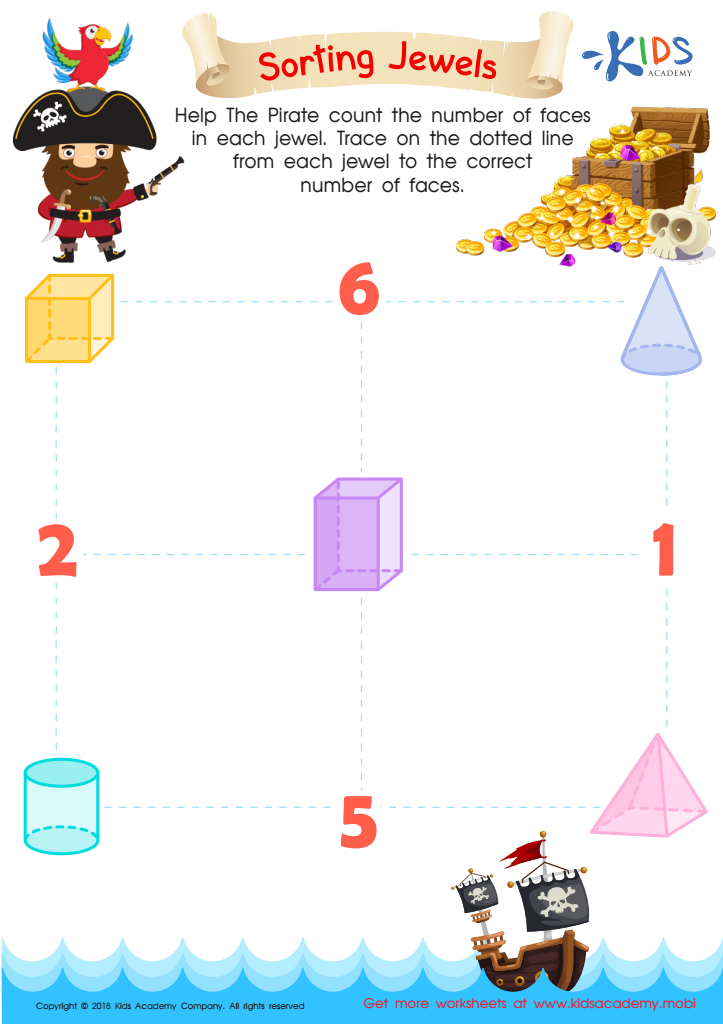

Sorting Jewels Worksheet


Faces of 3D Shapes Worksheet
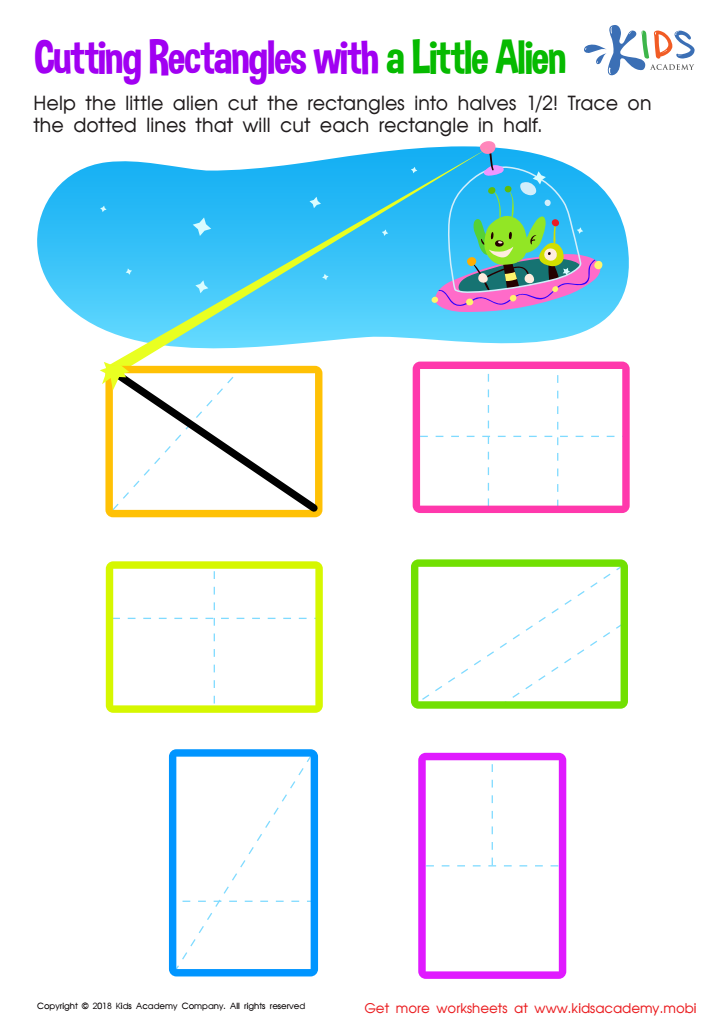

Cutting Rectangles with Alien Worksheet
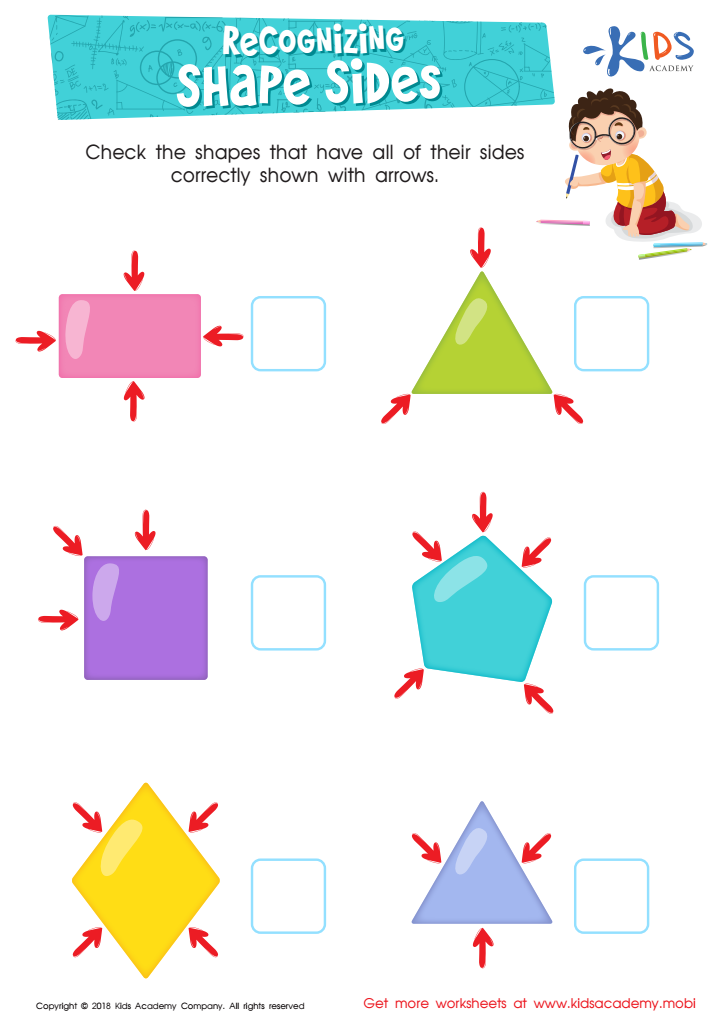

Recognizing Shape Sides Worksheet
Shape recognition is a fundamental aspect of early mathematics education, particularly in Grade 2, as it develops critical cognitive skills. Parents and teachers should care about this topic because it lays the groundwork for more complex concepts that children will encounter in later grades, such as geometry, spatial reasoning, and measurement. Recognizing and understanding shapes enhances children's ability to categorize objects, visualize relationships, and solve problems.
Moreover, shape recognition promotes creativity and critical thinking. When children identify shapes in their environment, they begin to make connections between math and the real world, fostering an appreciation for both disciplines. This skill also leads to improved fine motor skills as children often engage in activities that involve drawing, constructing, or manipulating shapes.
Teaching shape recognition can also positively affect children's confidence in mathematics. When students master recognizing and classifying shapes, they build a strong foundation that encourages risk-taking and exploration in more challenging areas. Furthermore, collaborative activities involving shapes can enhance social skills and teamwork. Thus, by prioritizing shape recognition, parents and teachers contribute to a well-rounded education that empowers students for future academic success and real-life application.
 Assign to My Students
Assign to My Students

